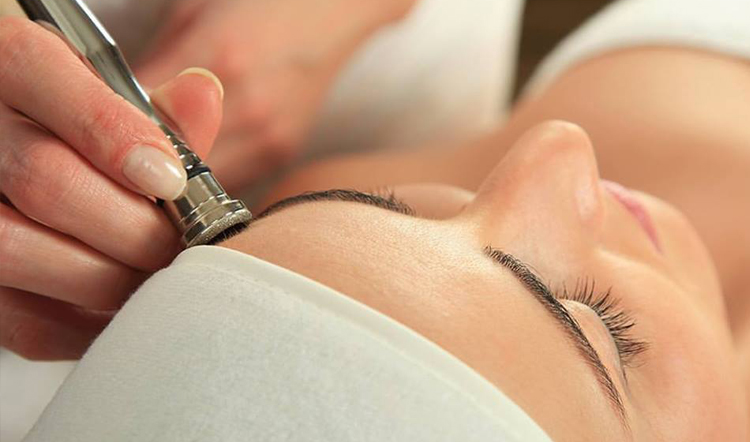

Dreaming of smooth, hair-free skin? The thought of laser hair removal might have crossed your mind. But what about the pain? It's a common concern. You want results, but not at the cost of unbearable discomfort. Laser hair removal offers long-term hair reduction. While pain is subjective, many strategies exist to make the process much easier.
Laser hair removal isn't entirely pain-free. But understanding why it hurts helps manage expectations. Is it as bad as you imagine? Let's take a closer look.
The laser targets the pigment in your hair follicle. The light converts to heat. This heat damages the follicle, stopping future growth. Nerve endings surround hair follicles. The heat can stimulate these, causing a stinging or prickling feeling.
Several things affect how much pain you feel. Skin tone matters. Darker skin absorbs more laser energy, raising discomfort. Hair thickness plays a part. Coarser hair needs more energy to target it. This increases heat. Some areas are more sensitive than others. The bikini line and underarms tend to be more painful.
How does laser hair removal compare to other methods? Many find it less painful than waxing. Waxing rips hair from the root. Threading can be painful, especially in sensitive areas. Electrolysis, like laser, targets the follicle. Many compare laser hair removal to a rubber band snap. The pain is quick and doesn't last as long as waxing.
Good prep work makes a big difference. Follow these tips for a more comfortable experience. These will minimize discomfort.
Shave the treatment area 12-24 hours before your appointment. Why? The laser needs to target the follicle under the skin. Surface hair absorbs the laser energy and can cause burns. A clean shave lets the laser reach its target.
Sun exposure makes your skin more sensitive. Avoid tanning or prolonged sun exposure for at least two weeks before your session. Sunburned skin is more prone to pain and irritation. Protect your skin with sunscreen!
Hydrated skin is healthier skin. Water helps your skin stay supple and less sensitive. Drink plenty of water in the days leading up to your appointment. Well-hydrated skin responds better to laser treatments.
Clinics use different tricks to reduce pain during the procedure. See what options are there for you. Don't hesitate to ask your technician questions about these techniques.
Numbing creams can dull the pain. These creams contain lidocaine. Apply it to the treatment area about 30-60 minutes before your appointment. Follow the instructions carefully. Numbing creams don't eliminate pain completely. But they can significantly reduce it.
Many lasers have built-in cooling devices. These devices blow cold air onto your skin as the laser works. The cooling reduces the heat sensation. This makes the treatment more bearable. Some clinics use separate cooling packs or ice rollers.
Don't suffer in silence! Tell your technician if you're feeling too much pain. They can adjust the laser settings. Lowering the intensity can reduce discomfort. Taking breaks is also helpful. Your comfort matters!
After the session, your skin may feel a little sensitive. Proper aftercare soothes it. This also prevents irritation.
Apply a cold compress or aloe vera gel to the treated area. This helps reduce inflammation and redness. Aloe vera is soothing and moisturizing. Use it as often as needed.
Avoid hot showers, saunas, and tight clothing for 24-48 hours. These can irritate the skin. Skip scented lotions or harsh exfoliants. Stick to gentle, fragrance-free products.
Moisturize your skin daily. This keeps it hydrated and helps it heal. Choose a gentle, hypoallergenic moisturizer. Look for ingredients like hyaluronic acid or ceramides.
The clinic you choose greatly affects your experience. Research is key. A skilled technician and modern technology make a difference.
Read reviews and ask for recommendations. Make sure the clinic has experienced, certified technicians. Ask about the laser technology they use. Newer lasers are often more effective and less painful.
Different lasers work best for different skin tones and hair types. Alexandrite lasers are good for light to medium skin. Diode lasers work well on darker skin. Nd:YAG lasers are safe for all skin types. Some lasers have built-in cooling systems, which reduce pain.
Schedule a consultation before your first session. The technician can assess your skin type and hair color. They can also discuss your pain tolerance. This helps them tailor the treatment to your needs. It’s a great time to ask questions.
Laser hair removal pain varies from person to person. But it's manageable. Preparing well, using pain management techniques, and choosing the right clinic all help. With the right approach, you can achieve smooth skin with minimal discomfort. The investment in laser hair removal can be worthwhile. Remember consistent care helps to achieve long-term hair reduction.